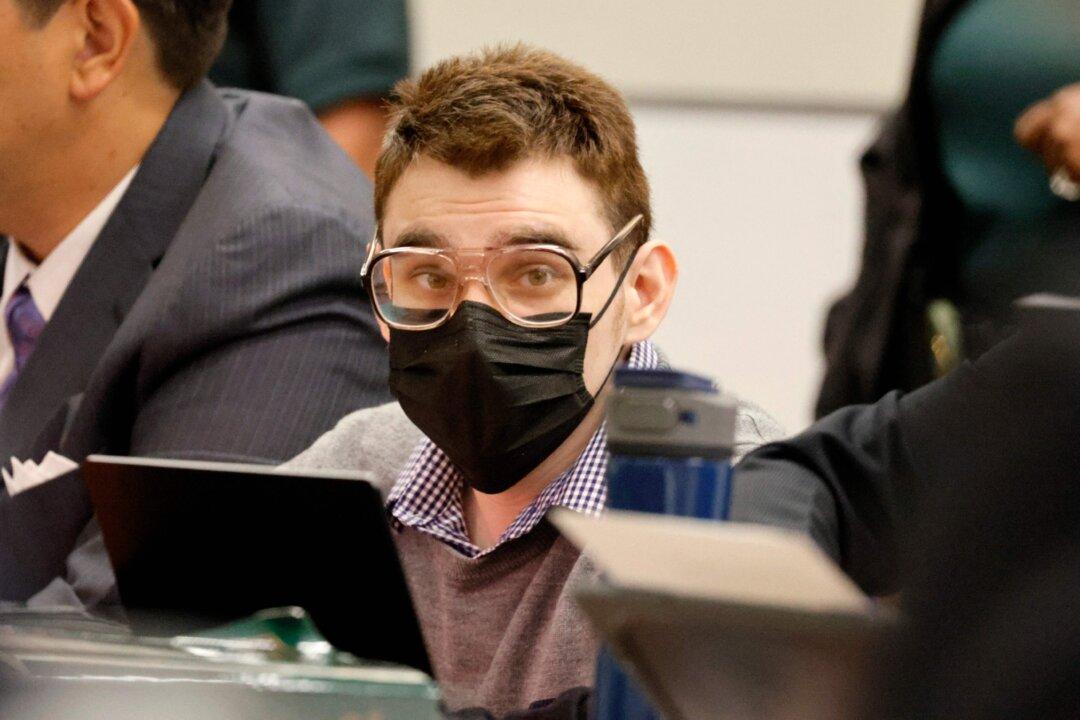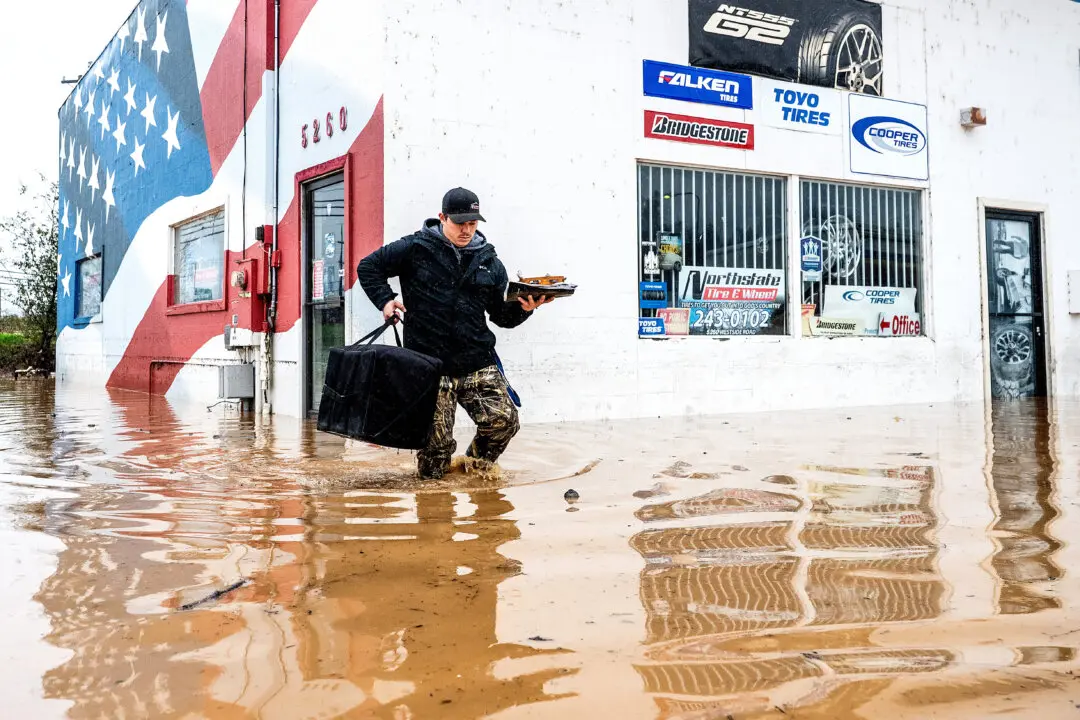FORT LAUDERDALE, Fla.—The prosecutor seeking the death penalty for the gunman who massacred 17 people at a Parkland, Florida, high school detailed for jurors Monday how Nikolas Cruz coldly mowed down his victims, returning to some as they lay wounded to finish them off with a second volley.
Some parents wept as prosecutor Mike Satz described in his opening statement how Cruz killed their children at Marjory Stoneman Douglas High School on Feb. 14, 2018. Others sat stoically, their arms crossed over their chests. One woman who lost her daughter fled the courtroom, sobbing and holding tissue to her face.





